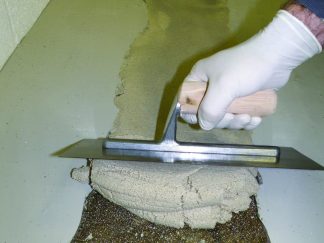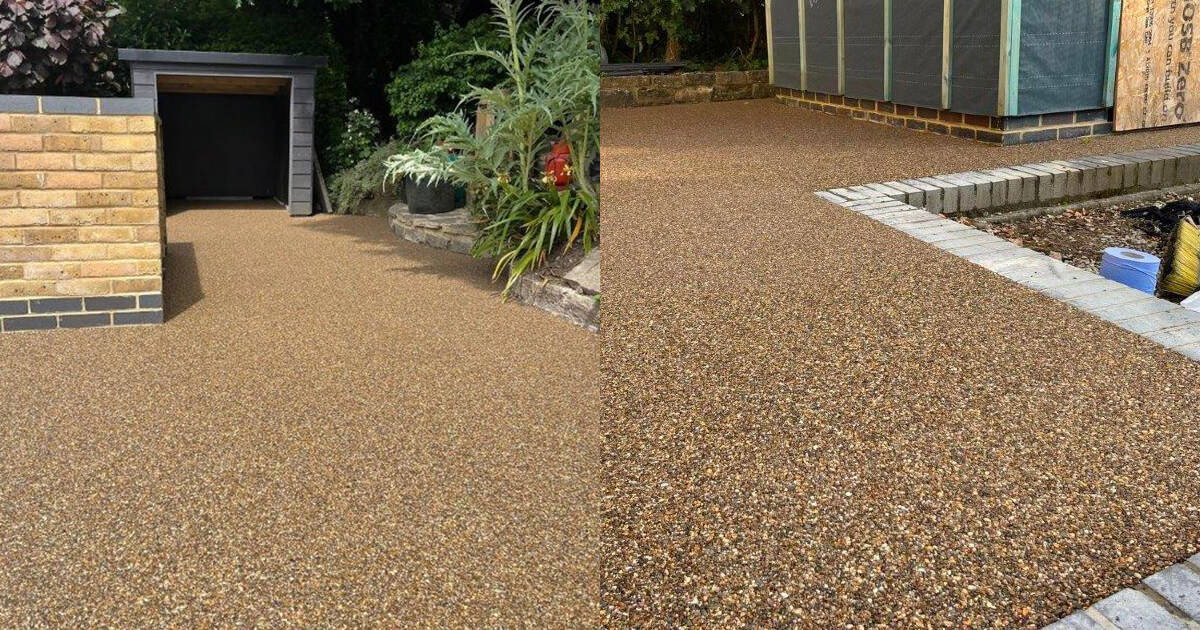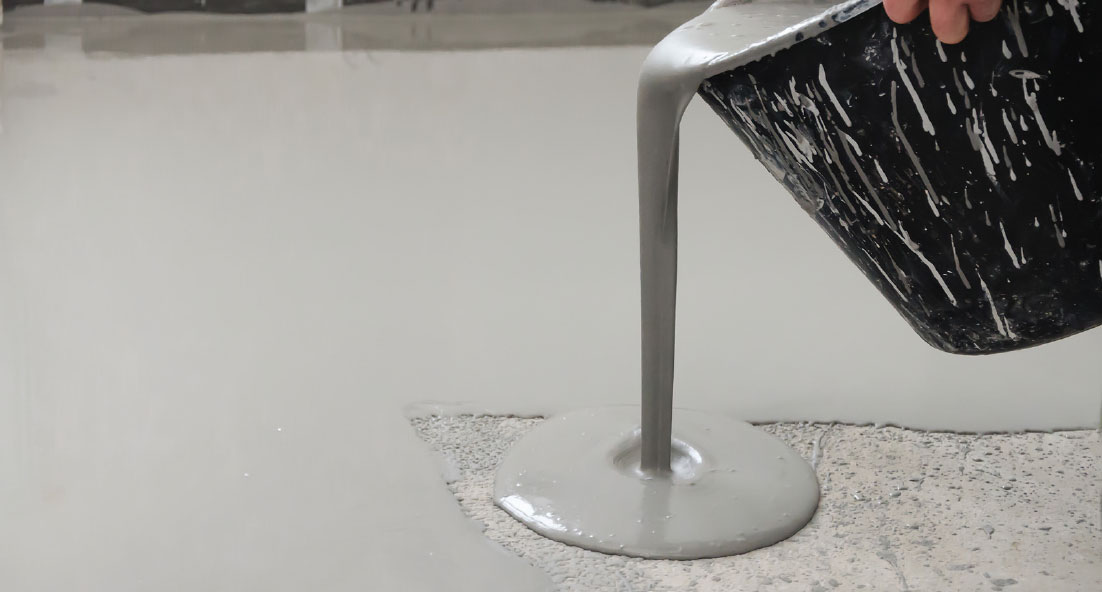| Pot life: |
15-20 mins @ 20oC |
| Application temperature: |
10oC – 30oC |
| Depth of repair (1 layer): |
0mm – 100mm |
| Number of parts supplied: |
3 |
| Priming required: |
Only for very porous surfaces – use Polycote EP Primer |
Please consult the technical data sheet for full technical product data.
Preparation:
Thorough substrate preparation is essential.
Remove all loose material. Wire brushing is advisable. Sweep clean or vacuum.
The surface must be free from grease, oil or contamination. Polycote Degrease IT may be used to clean the area but this must be thoroughly rinsed off and the substrate dried, before applying Cretex EP Mortar. Alternatively, Polycote OT Primer may be used to seal the surface from oil and/or rising damp prior to the application of EP Mortar. Should the surface be particularly porous or weak, Polycote EP Primer has superb penetrative properties and will seal and ‘lock’ the substrate. Both primers should be allowed to fully cure before the application of the EP Mortar. See relevant data sheets for full information.
Mixing:
Having fully prepared the substrate, add the whole of Part B to the whole of Part A and mix thoroughly for at least 3 minutes. For best results use a slow speed drill with a mixing paddle. Finally, pour the liquid into the large bucket and add the aggregate to the desired consistency.
Ensure thorough mixing as an unmixed product will result in a poor or non-cure situation.
Application:
Apply by trowel, or by hand for small isolated areas, wearing suitable protective gloves.Being resin-rich, Cretex EP Mortar has a typically sticky consistency and smoothing may be assisted by wetting the trowel using Polycote Solvent Cleaner as a release agent.If when trowelling the mortar the texture remains ‘open’ this can be easily ‘closed’ by slightly tamping the surface with the trowel. This can provide an extremely hard wearing and completely sealed surface.For vertical repairs – where step nosings or expansion joint edges have broken away, the vertical face of the repair material should be supported to prevent slumping.Suitable sized wooden shuttering should be covered with polythene to reduce adhesion, and should be removed as soon as the material is firm.
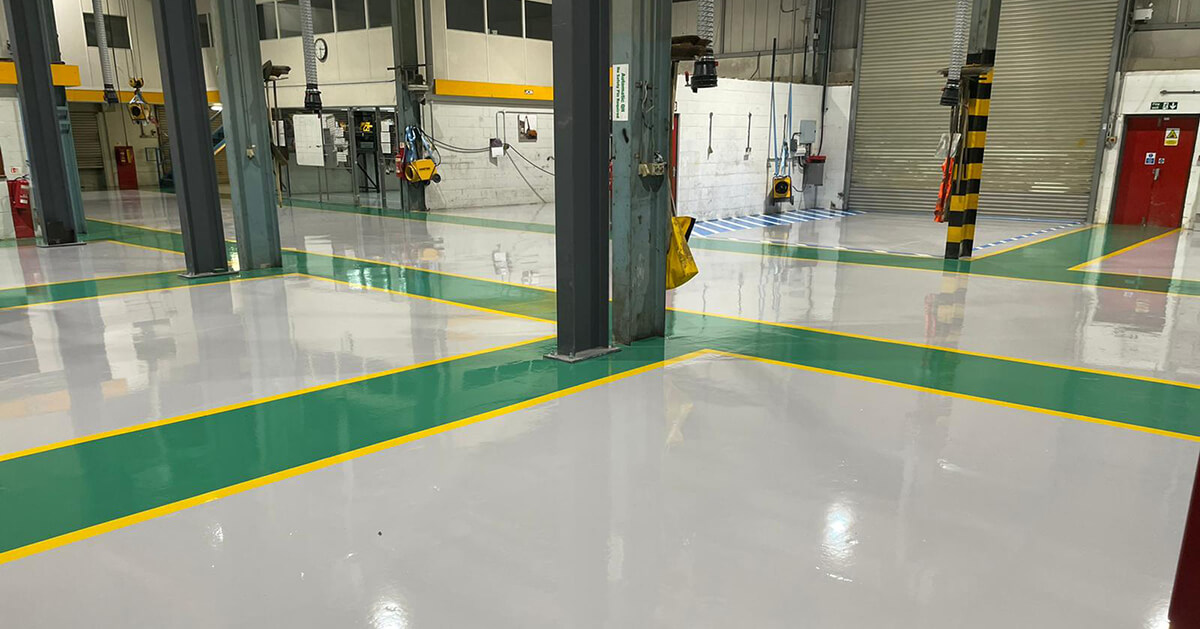
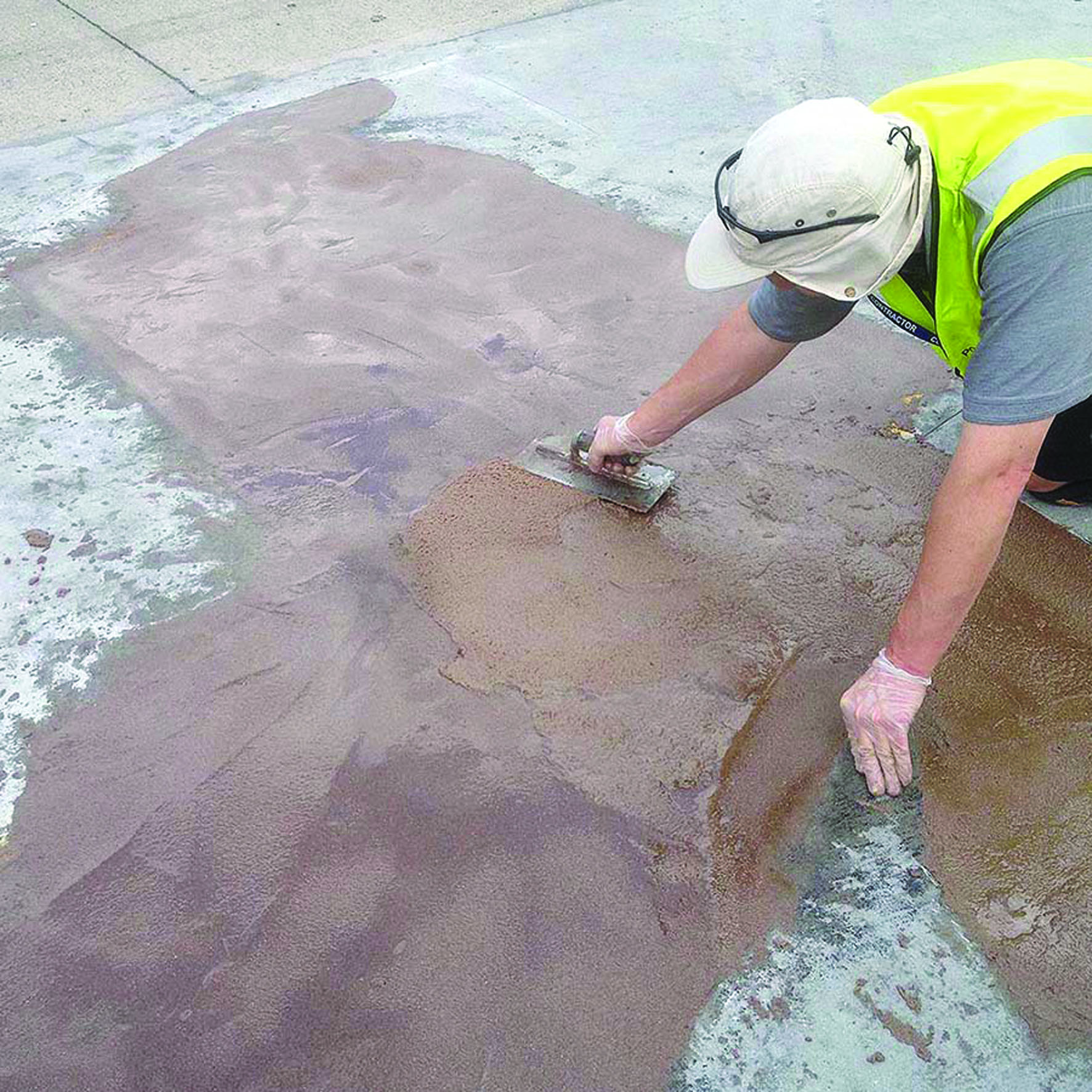
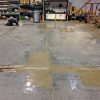
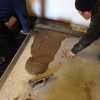
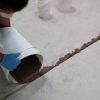
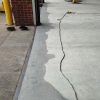
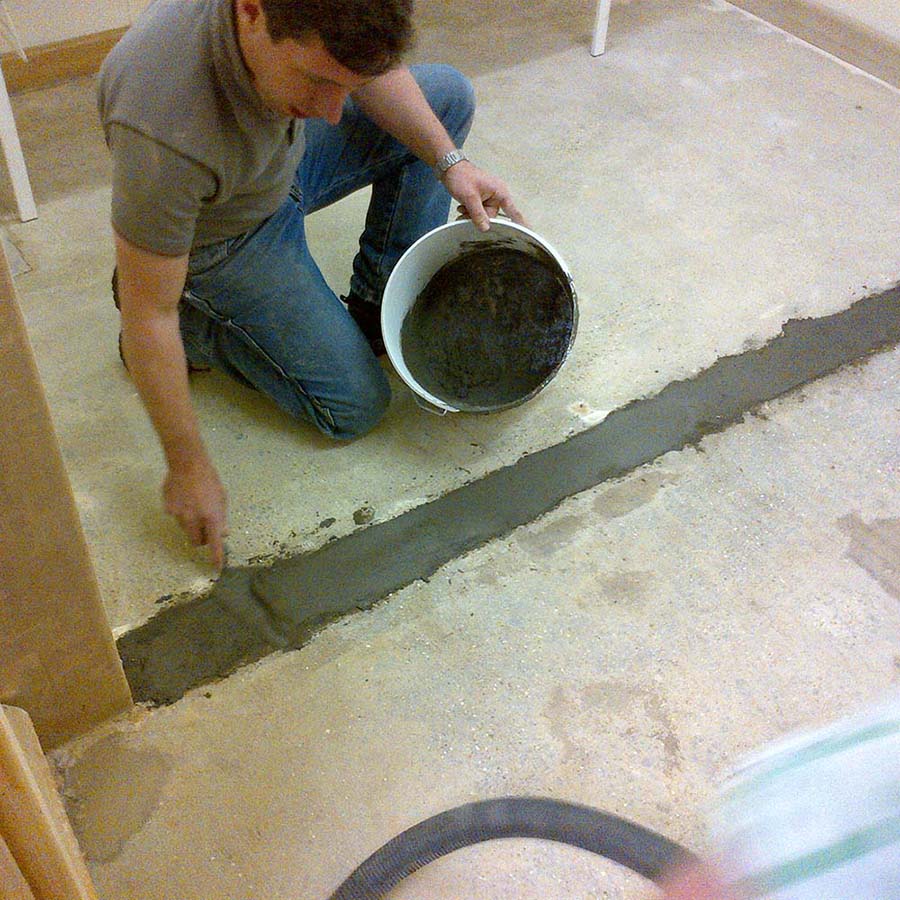
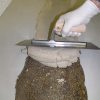
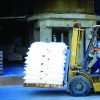
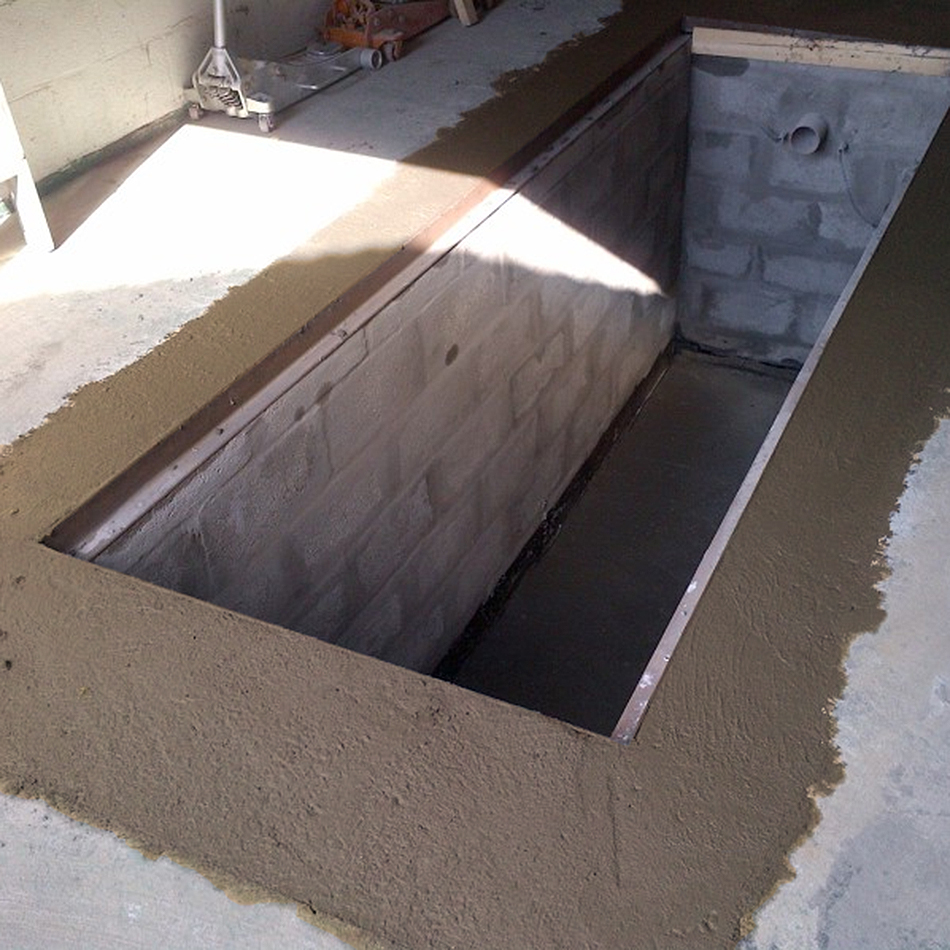


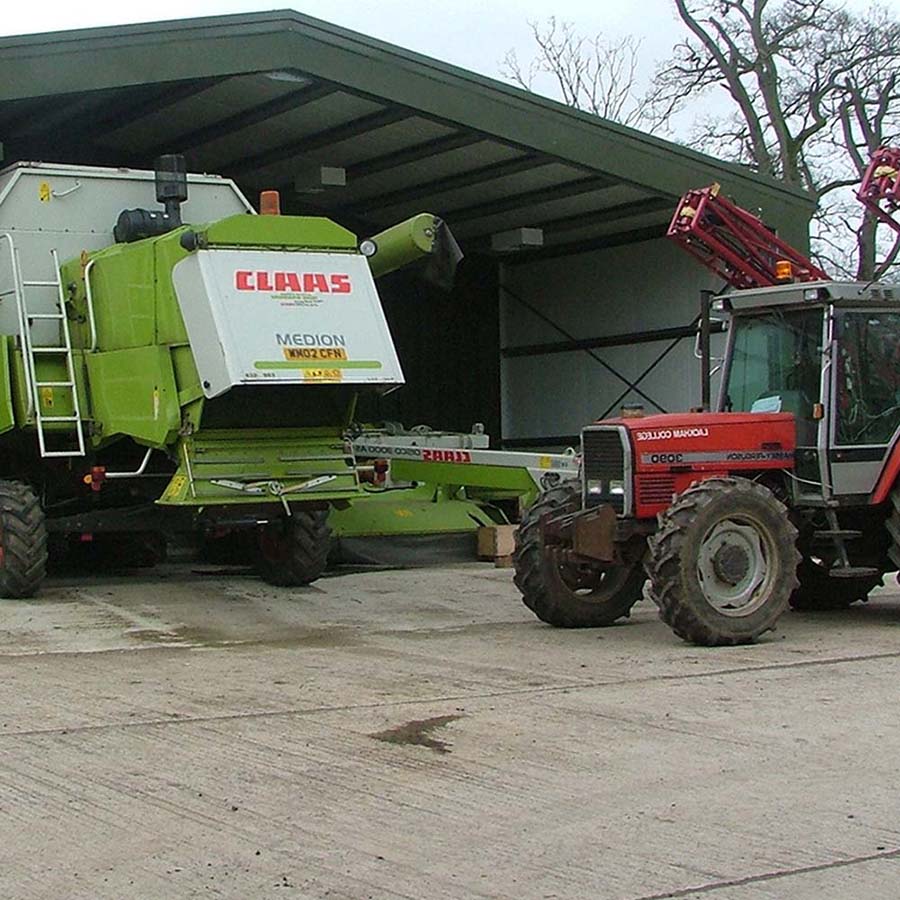

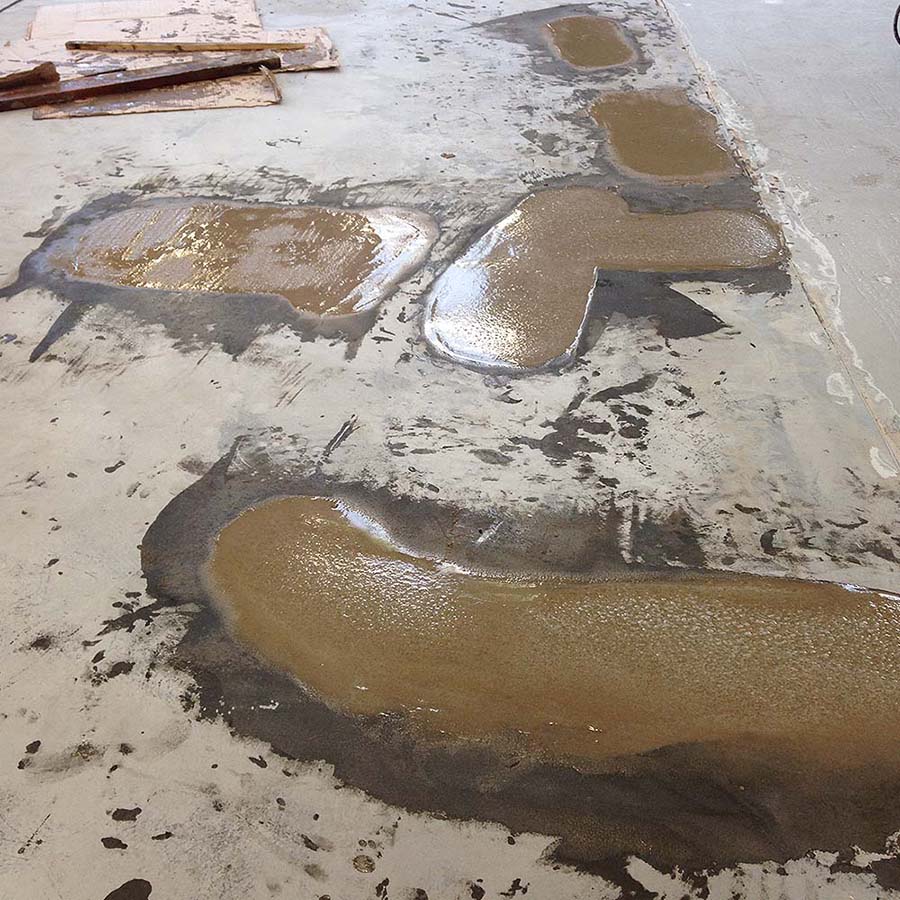
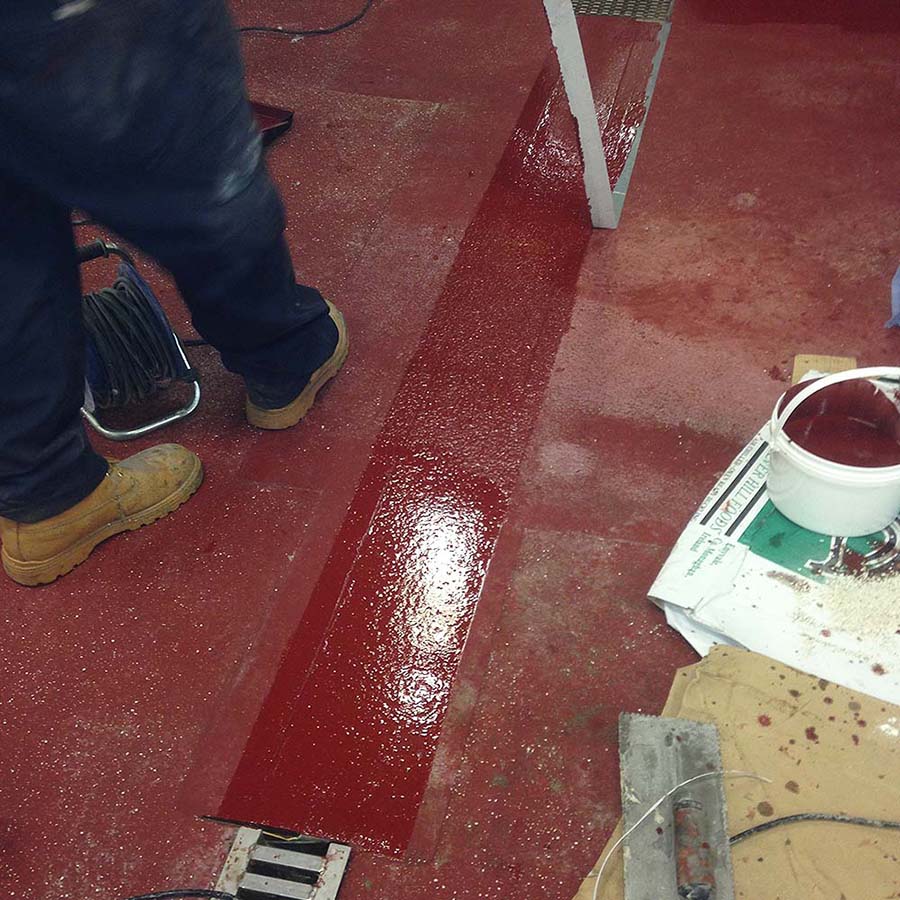
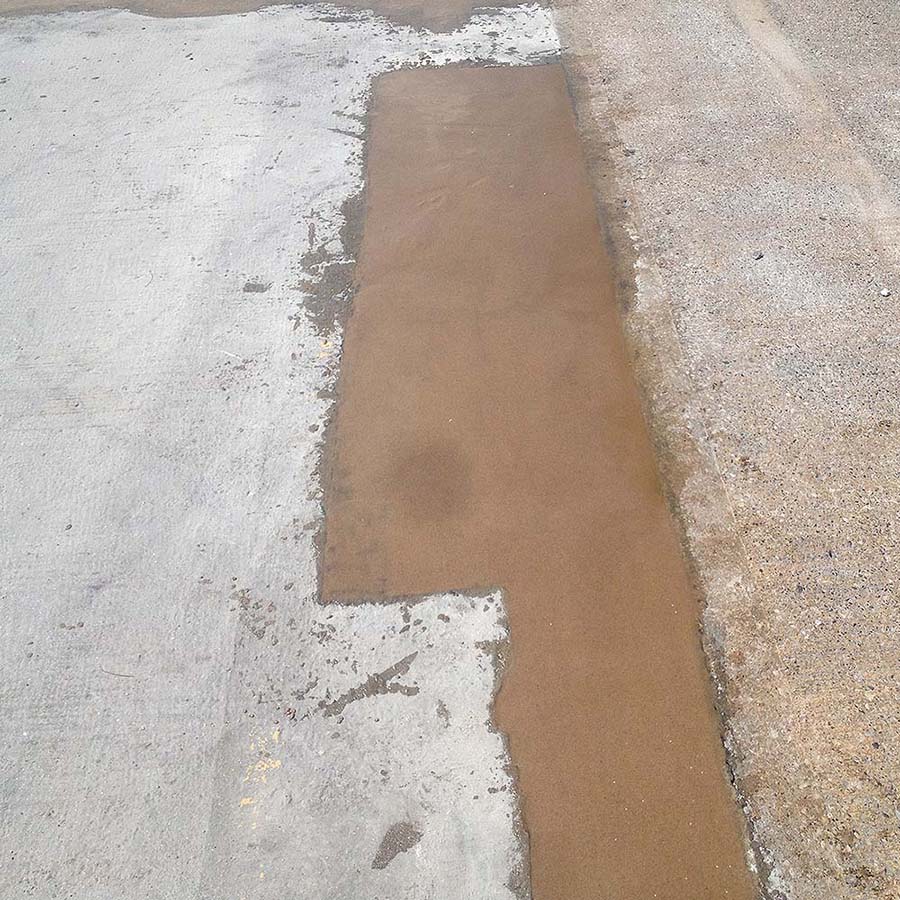
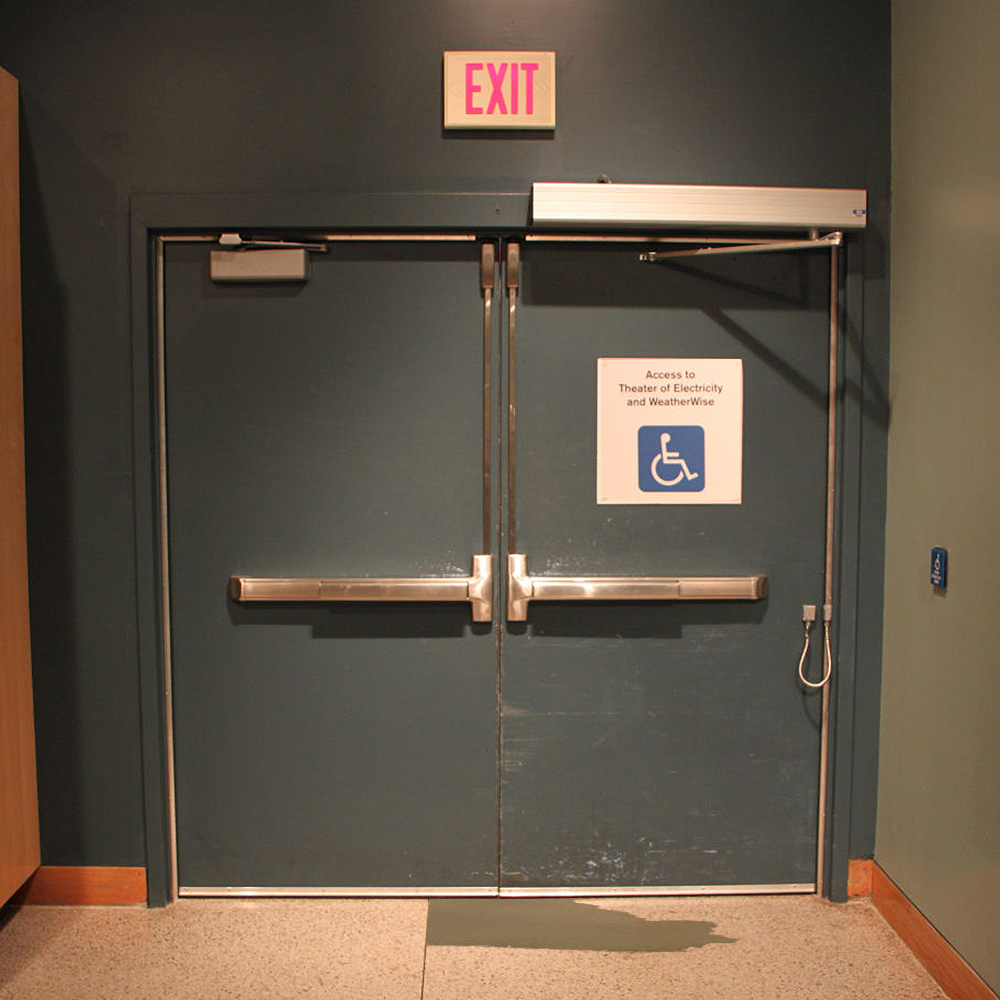
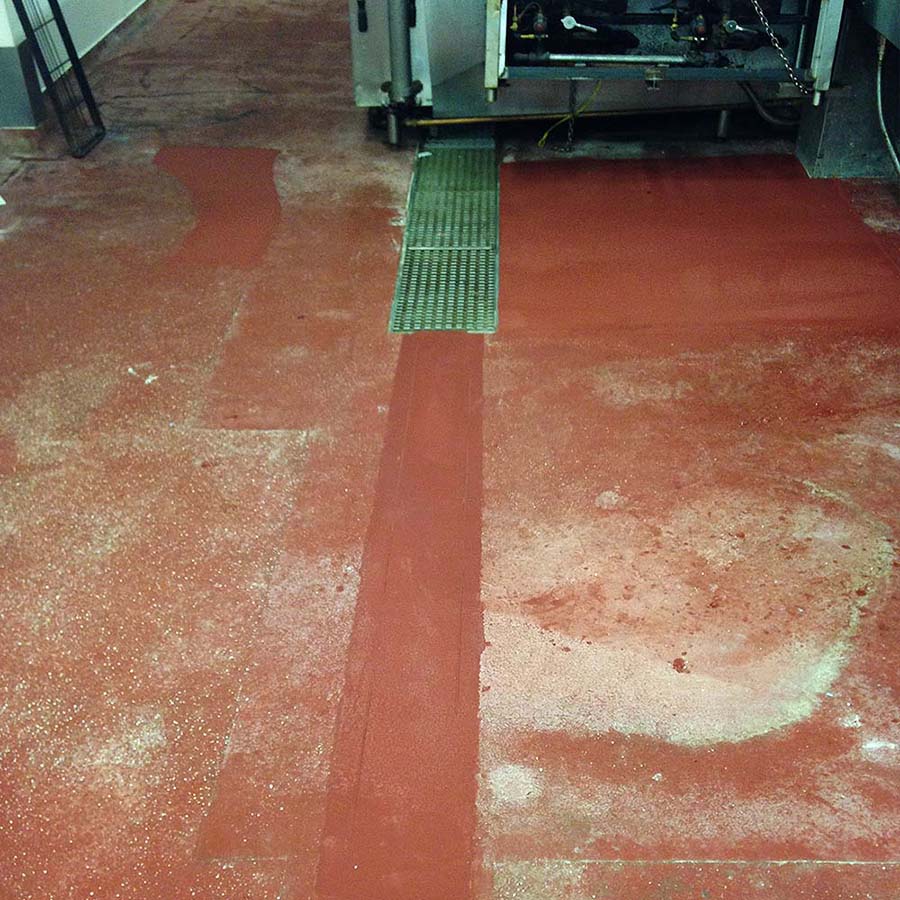

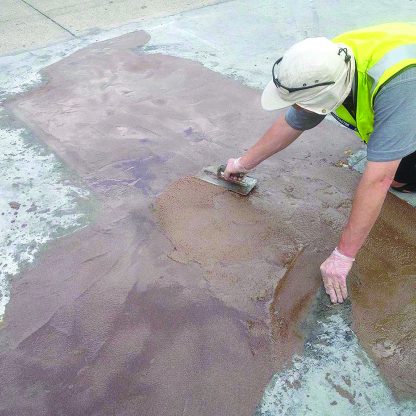
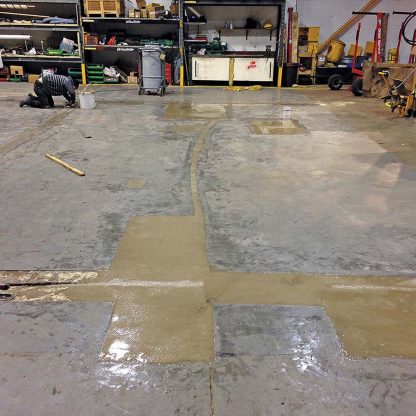
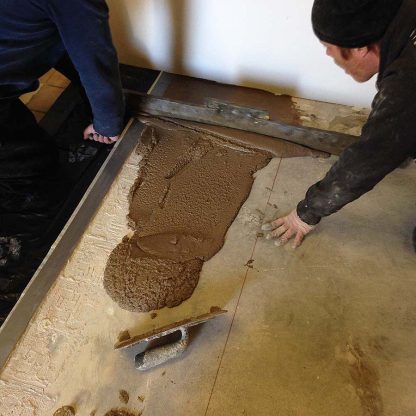
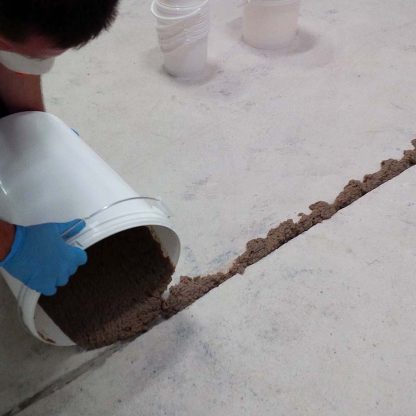
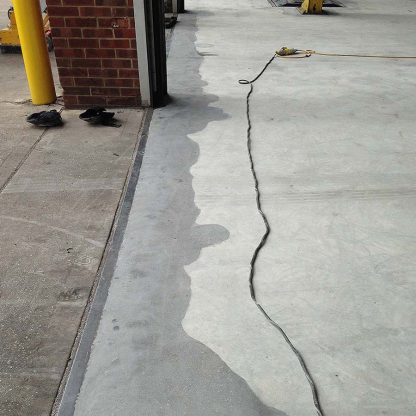
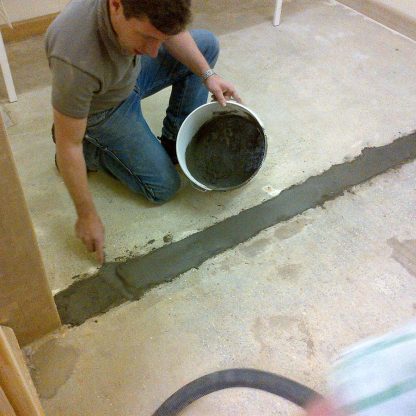


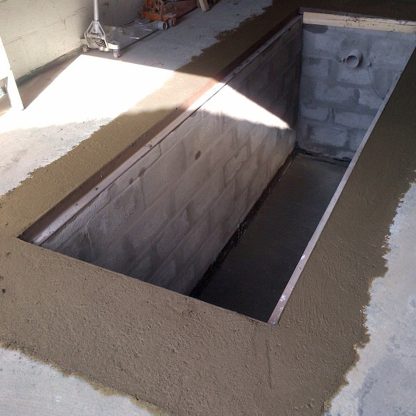
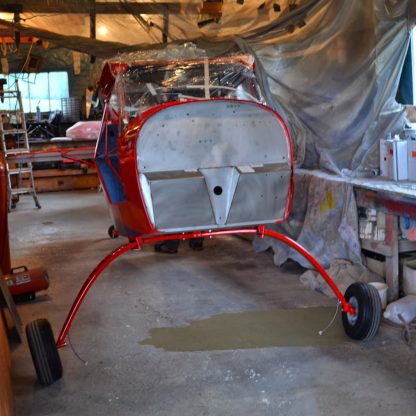
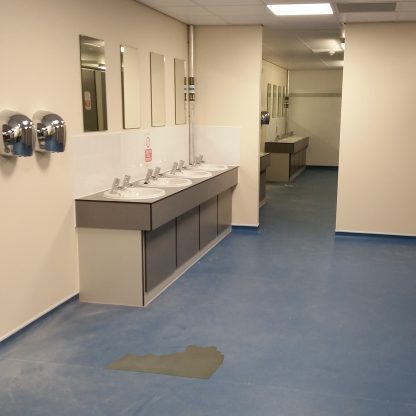

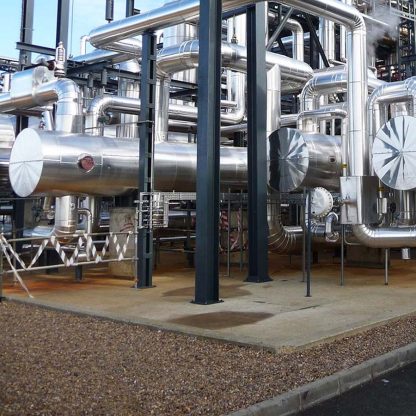
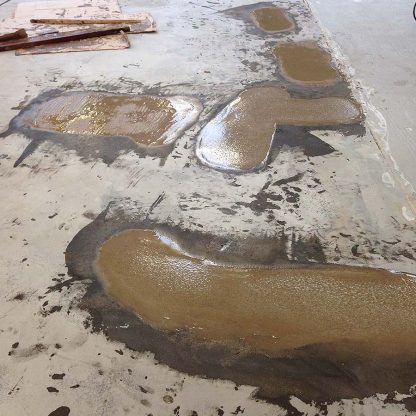
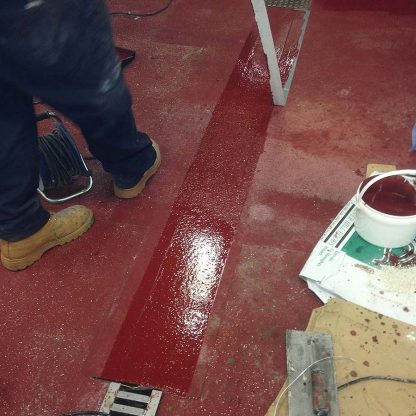
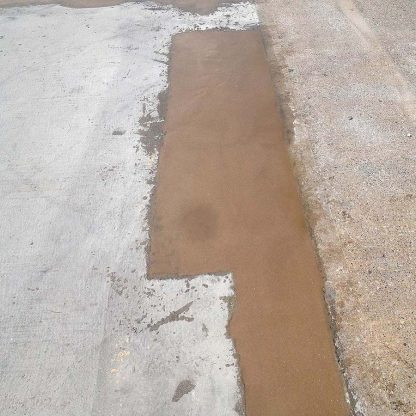
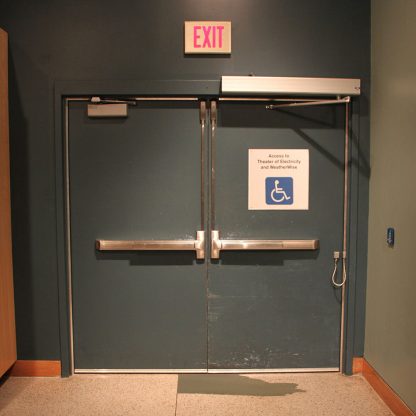
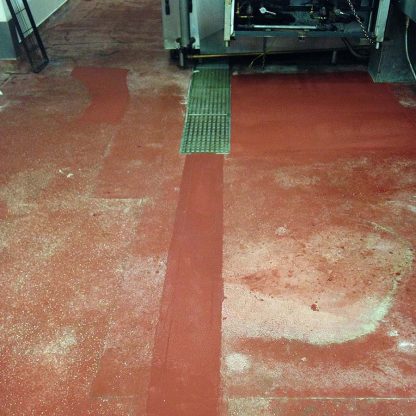

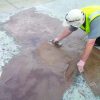
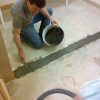
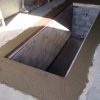
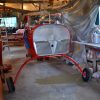

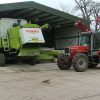
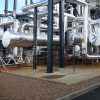
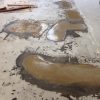
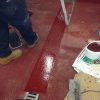
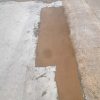
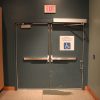
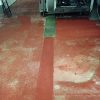
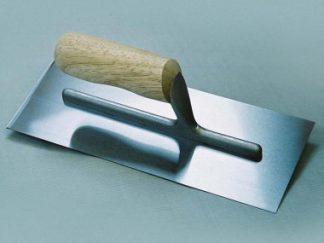
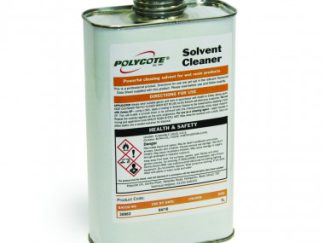
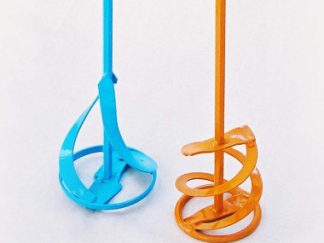
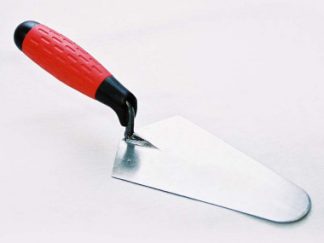
 Technical Data Sheet
Technical Data Sheet 

